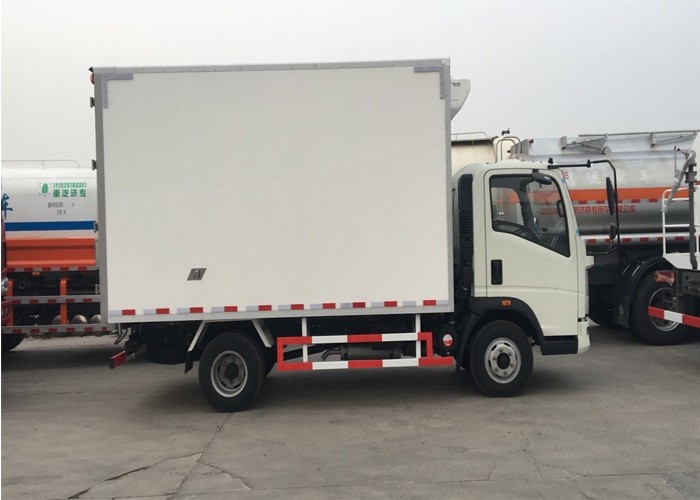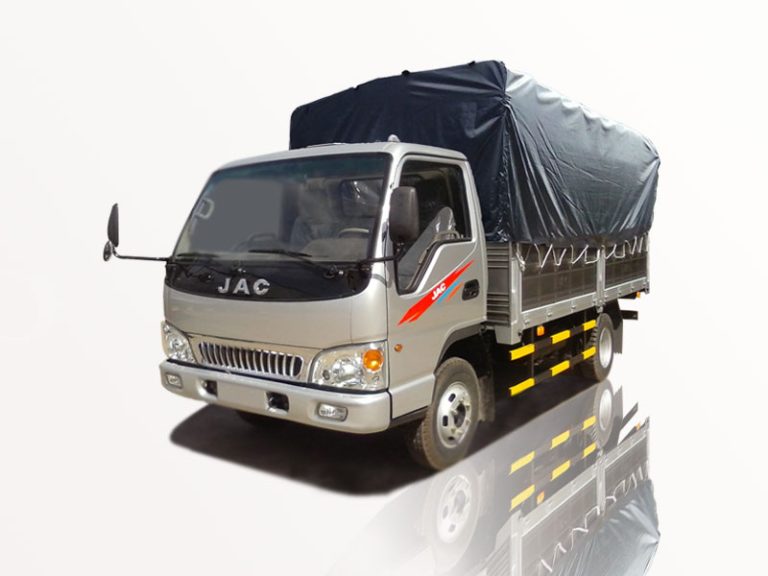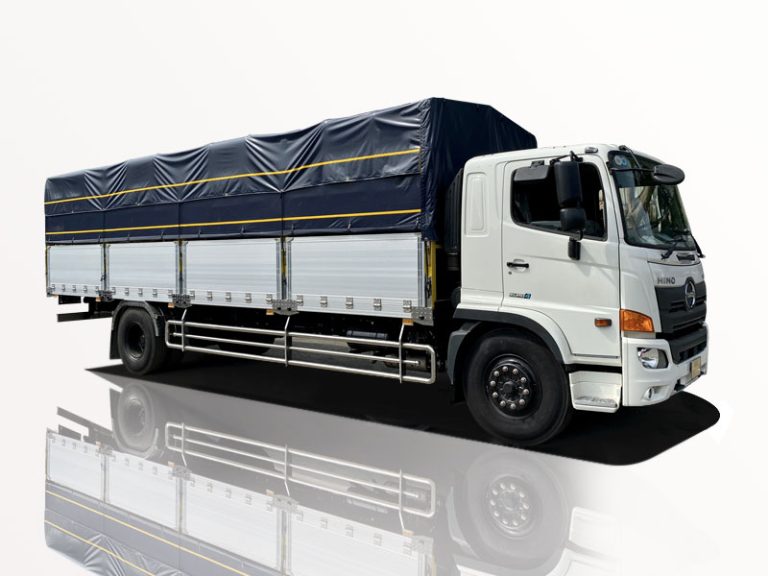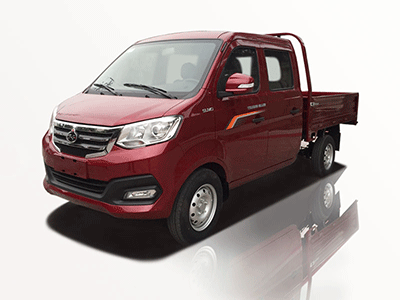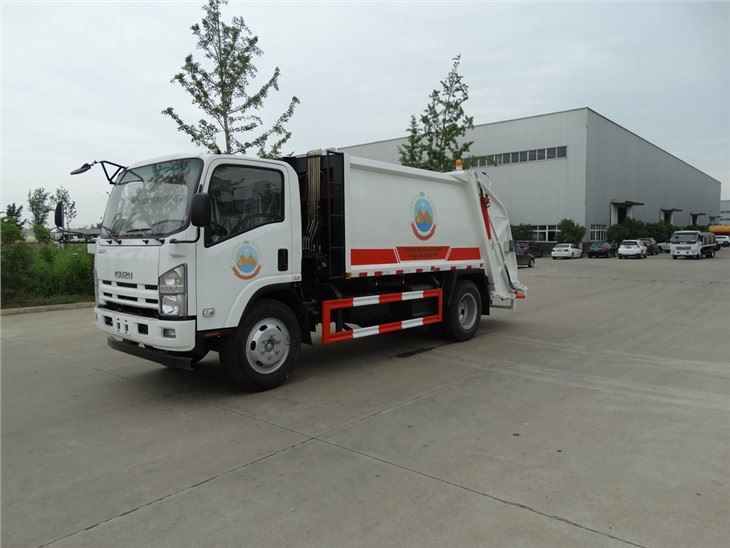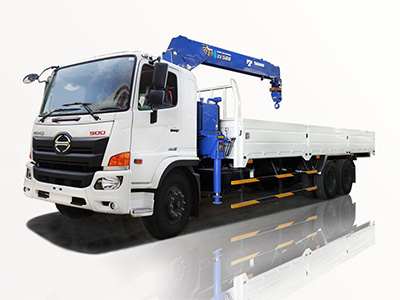Introduction
Roll on roll off trucks, commonly known as RoRo trucks, are designed for transporting various vehicles and heavy equipment efficiently. The unique design allows vehicles to be rolled on and off the truck without the need for cranes or specialized handling equipment. This guide will explore the various aspects of RoRo trucks, including their features, applications, benefits, and tips for using them effectively. Whether you are a logistics manager, fleet owner, or simply interested in transportation methods, this article will provide you with essential insights.
1. What is a Roll On Roll Off Truck?
A roll on roll off truck is a specialized vehicle that facilitates the transportation of goods and vehicles. Unlike traditional flatbed trucks, RoRo trucks have ramps that allow cargo to be driven on and off easily. These trucks are versatile and are commonly used for shipping automobiles, construction equipment, and other heavy machinery.
1.1 History of Roll On Roll Off Trucks
RoRo trucks have evolved significantly over the years. Initially developed for ferry services, their design was adapted for land transportation to improve efficiency in logistics and supply chain management. Nowadays, RoRo trucks are an integral part of the automotive transport sector.
1.2 Types of Roll On Roll Off Trucks
There are various types of RoRo trucks catering to different transportation needs:
- Light-Duty RoRo Trucks: Suitable for smaller vehicles like sedans and hatchbacks.
- Heavy-Duty RoRo Trucks: Designed for larger equipment and trucks, often used in construction and mining sectors.
- Multi-Level RoRo Trucks: These have multiple decks for stacking vehicles, optimizing space usage.
2. Key Features of Roll On Roll Off Trucks
Understanding the features of RoRo trucks can help businesses make more informed decisions regarding transportation logistics.
2.1 Ramp Design
The ramp is a critical component, allowing the loading and unloading of vehicles. Ramps are usually adjustable to accommodate various vehicle heights.
2.2 Securing Mechanisms
RoRo trucks come equipped with advanced securing mechanisms such as wheel chocks and tie-down points to ensure the safety of the cargo during transit.
2.3 Weight Capacity
These trucks are specifically designed to carry heavy loads. It is essential to know the truck’s weight capacity to avoid overloading, which can lead to safety issues.
2.4 Flexibility and Versatility
RoRo trucks can transport a wide range of vehicles, from trucks and cars to boats and machinery. This flexibility makes them ideal for businesses that deal with various transport needs.
3. Benefits of Using Roll On Roll Off Trucks
Using RoRo trucks comes with numerous advantages for businesses involved in transporting vehicles or equipment.
3.1 Time Efficiency
RoRo trucks allow for faster loading and unloading processes compared to traditional methods. This efficiency translates to lower operational costs and quicker delivery times.
3.2 Cost Effectiveness
Although the initial cost may be high, the long-term savings due to reduced labor expenses and faster turnaround times make RoRo trucks a cost-effective choice.
3.3 Reduced Risk of Damage
With the ability to drive vehicles on and off, there is less handling involved, which significantly reduces the risk of damage during loading and unloading processes.
4. Practical Examples of Roll On Roll Off Truck Use
Understanding how RoRo trucks are utilized can provide valuable insights into their effectiveness in various industries.
4.1 Automotive Industry
Car manufacturers often use RoRo trucks to transport vehicles to dealerships. The ability to load multiple cars simultaneously allows for efficient distribution.
4.2 Construction and Heavy Machinery
A construction company requires transporting heavy machinery to job sites. Using RoRo trucks, they can quickly and safely move bulldozers and excavators, minimizing downtime.
4.3 Marine Transport
RoRo trucks are widely used in the shipping industry for transporting boats and yachts. Their design ensures that vessels can safely be moved onto and off the shipping docks.
5. Tips for Maximizing Efficiency with Roll On Roll Off Trucks
To make the most out of RoRo trucks, companies should consider the following tips:
5.1 Regular Maintenance
Routine maintenance checks ensure that ramps and securing mechanisms are in good condition. This practice prevents breakdowns during transport and enhances safety.
5.2 Proper Training for Drivers
Drivers should be adequately trained in the operation of RoRo trucks, particularly in loading and securing vehicles. This training can further mitigate risks associated with transportation.
5.3 Load Management
Understanding weight distribution can prevent accidents. Make sure to load heavier vehicles at the bottom and evenly distribute weight throughout the truck.
5.4 Utilize Advanced Technology
Implementing GPS and tracking technology enables better route management and real-time tracking of shipments, increasing transparency and efficiency.
6. Transportation Regulations and Compliance
Adhering to transportation regulations is vital when using RoRo trucks. This section will explore important compliance standards and best practices.
6.1 Weight Limits and Load Securement
Each jurisdiction has specific weight limits for commercial vehicles. Understanding and complying with these regulations is critical to avoid fines and accidents.
6.2 Environmental Regulations
Environmental impact assessments may be required in certain areas. Ensure your RoRo trucks comply with emissions standards to avoid legal complications.
6.3 Documentation and Insurance
Proper documentation, including insurance and permits, is essential for transporting vehicles. This process protects both the business and the cargo in case of any incidents during transit.
7. Future Trends in Roll On Roll Off Trucking
The transportation industry continues to evolve. Here are some emerging trends related to RoRo trucking:
7.1 Electric RoRo Trucks
With rising environmental concerns, more companies are exploring electric RoRo trucks to reduce carbon footprints.
7.2 Automation in Loading and Unloading
Technologies like automated loading systems are being developed, which will further enhance the efficiency of RoRo trucks.
7.3 Advanced Tracking Systems
Improvements in GPS and logistical software are enabling real-time tracking and efficiency reports, optimizing delivery routes and times.
FAQ Section
1. What is a roll on roll off (RoRo) truck?
A roll on roll off truck is a type of vehicle designed to transport cargo that can be driven on and off, typically used for vehicles and heavy equipment.
2. What are the benefits of using RoRo trucks?
Benefits include time efficiency, reduced risk of damage, cost savings, and flexibility in transporting various types of vehicles.
3. How do I ensure the safety of vehicles during transport?
Regular maintenance of the truck, proper securing of vehicles, and training for drivers are essential to ensure safety during transport.
4. Are there specific regulations for transporting vehicles with RoRo trucks?
Yes, regulations vary by jurisdiction and include weight limits, load securement requirements, and environmental considerations.
5. Can RoRo trucks transport heavy machinery?
Yes, RoRo trucks are highly effective for transporting heavy machinery and construction equipment due to their robust design and features.
6. What is the future of roll on roll off trucking?
The future includes trends like the adoption of electric trucks, automation in loading processes, and advanced tracking capabilities to enhance efficiency.
Conclusion
Roll on roll off trucks play a critical role in the transportation sector, providing efficient solutions for moving vehicles and heavy equipment. By understanding their design, benefits, and best practices, companies can leverage RoRo trucks to improve their logistics operations.
